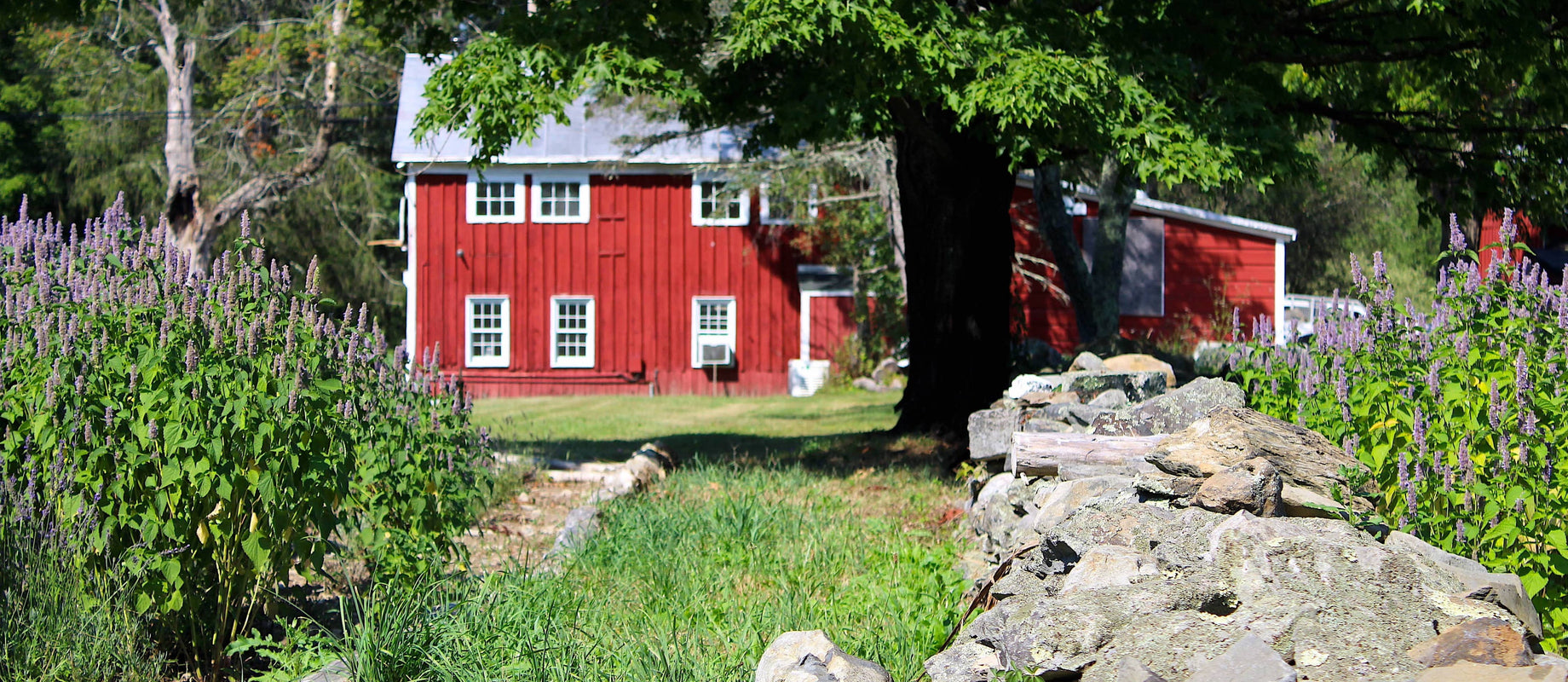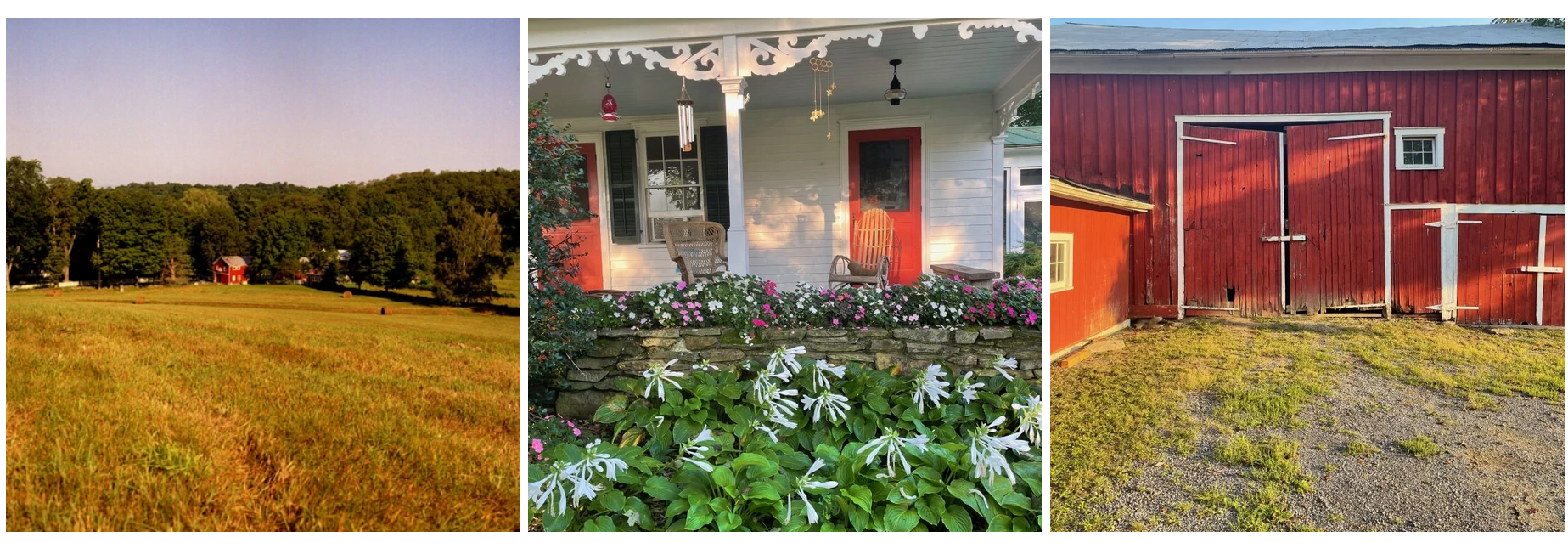Black currants banned
In 1911, the federal government banned the growing of black and red currants when the logging industry put pressure on lawmakers to eliminate them because they were thought to be an intermediate host of white pine blister rust.
NEW VARIETIES DEVELOPED
By 1966, new disease-resistant varieties of currants had been developed and the federal government relaxed its ban, turning it over to states to enforce or lift their bans. Yet many states—New York included—maintained them.
buying the farm
In 1999, Hudson Valley fruit farmer Greg Quinn and his then-fiancée Carolyn Blackwood had no prior experience in agriculture when they bought an old dairy farm. But the couple knew enough to focus on growing a profitable specialty crop.
Making the front page
After a couple of months of weekly visits in 2002, Quinn got a call from a Wall Street Journal reporter who covered Albany and was interested in writing about “the nutty currant guy.”
The story ran on the front page of the newspaper. Soon after, Quinn got a call from the late New York State Senator William Larkin, who sat on the agricultural committee and was interested in hearing more.
Together over the next six months, they crafted new legislation that would overturn the ban.
Overturned at last
Quinn confirmed with researchers at Cornell University that black currants could, in fact, be grown safely.
Then he began driving up to Albany once a week to see if he could get in to talk to legislators about lifting the currant ban.
In April 2003, the first vote in the New York State Senate on the new bill to legalize the commercial cultivation of currants passed unanimously.
The following week, the Assembly voted unanimously to adopt the new law. Governor George Pataki signed the bill into law five months later, overturning the nearly 100-year-old ban.
CURRANTC™ is born
To learn more about black currant farming, Quinn visited 14 different countries where currants are grown, including Poland, the second-largest producer of black currants in the world.
in 2004, he launched CurrantC™, through which he develops, markets and sells black currant products.
Bees and berries and bliss, Oh MY!
Prospering & Expanding
Nearly two decades later, CurrantC™ has become a national leader in growing, cultivating, and producing black currants.
CurrantC™ has perfected black currants as well as expanded their horizons. We specialize in sustainably grown black currants and offer a wide variety of products made from these delicious berries.
farming the Hudson valley
currant genesis
When Greg Quinn and Carolyn Blackwood bought Walnut Grove Farm in 1999, located in New York’s beautiful Hudson Valley, Greg wanted to find a crop that would be profitable enough to support the farm.
Of course the words “farm” and “profit” are not often found in the same sentence. After some searching for that suitable crop, he stumbled upon the idea of currants.


see a need, fill a need
Researching the viability
Since Congress outlawed them, Currants have remained off the radar of the American consciousness for almost 100 years.
Armed with a horticultural background (20 years teaching at The New York Botanical Garden) Quinn did some research into the disease. He deduced that the science behind the ban was incomplete and outdated - there are now resistant and immune varieties.
Quinn worked with Cornell University Cooperative Extension to obtain a grant to fund a feasibility study into the possibility of a Currant industry in the U.S.
The conclusion was glowingly positive, not only for an industry of food products, but also to help family farms, many of which are hanging on by their financial fingernails.
100 years in the making
Overturning the Ban
With these findings under his arm, Quinn began dialogs with many in the New York State Legislature (the law had been relegated to States jurisdiction in the 60’s during some federal legislative house cleaning). He was able to convince several States’ Senators to sponsor a bill to overturn the ban.
The story captured the imagination of farmer and consumer alike. His efforts have been written about on the front page of the Wall Street Journal, the New York Times, the Washington Post, the Boston Globe, the Associated Press and about 400 newspapers in several languages around the country as well as websites such as CBS Market Watch, CNN.com (with almost 17 million hits in one day).
Since then Quinn and the Currant story has been recounted in numerous media outlets including a feature article in Reader’s Digest.


Breaking Ground
New York's First currant farm
The next steps in the process were to develop both the source of supply and the market. With Walnut Grove Farm, Quinn has created the first commercial currant farm in the state and has established the only dedicated currant nursery in the country to propagate plants for other farmers to begin growing.
He is breeding new cultivars to expand the U.S. gene pool. He has also established a management company to grow currants on the properties of non-farming landowners. Part of his strategy to help save some farms and open spaces is to convince people to purchase defunct farms and hire him to grow currants on the land thereby saving the farms from developers.




